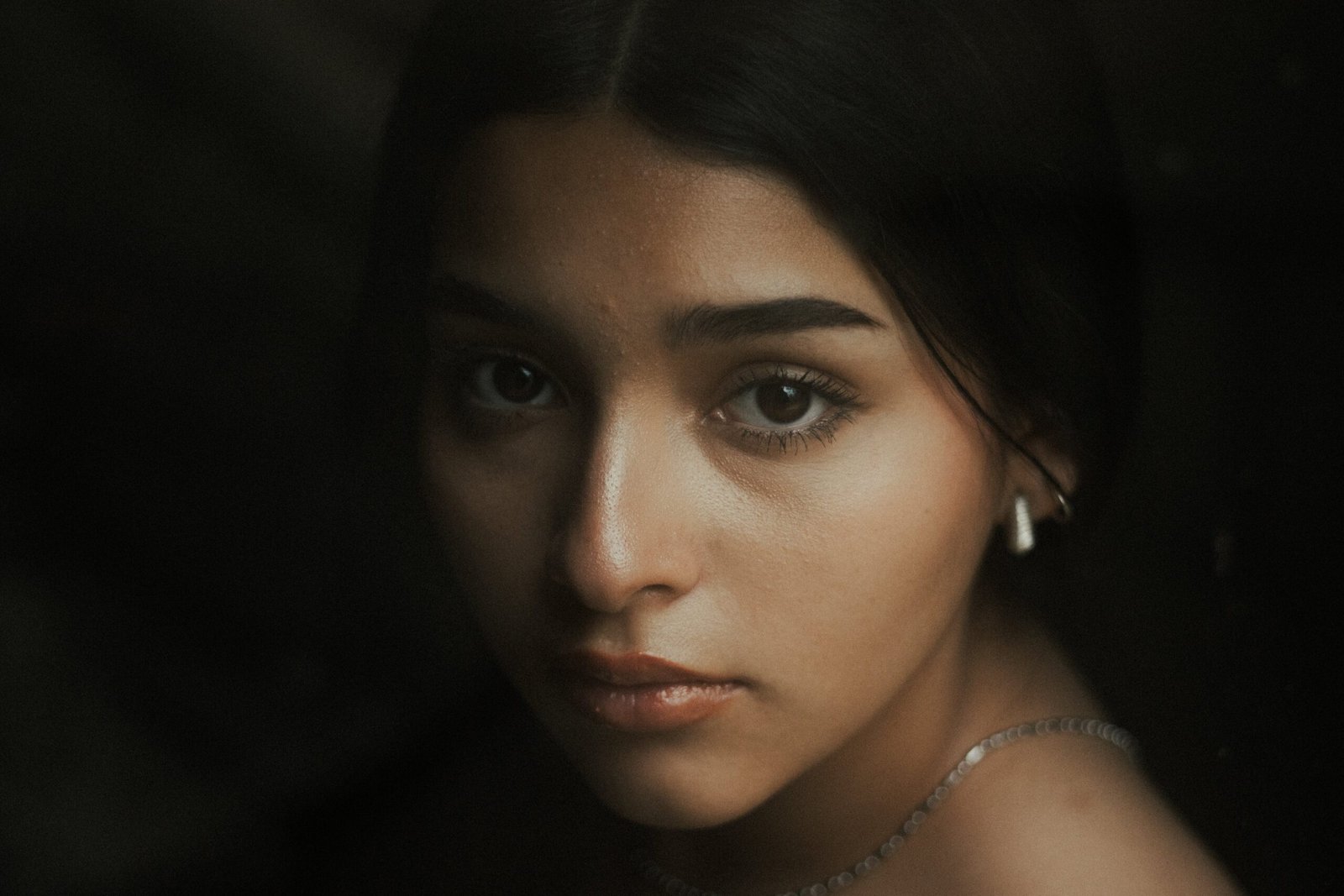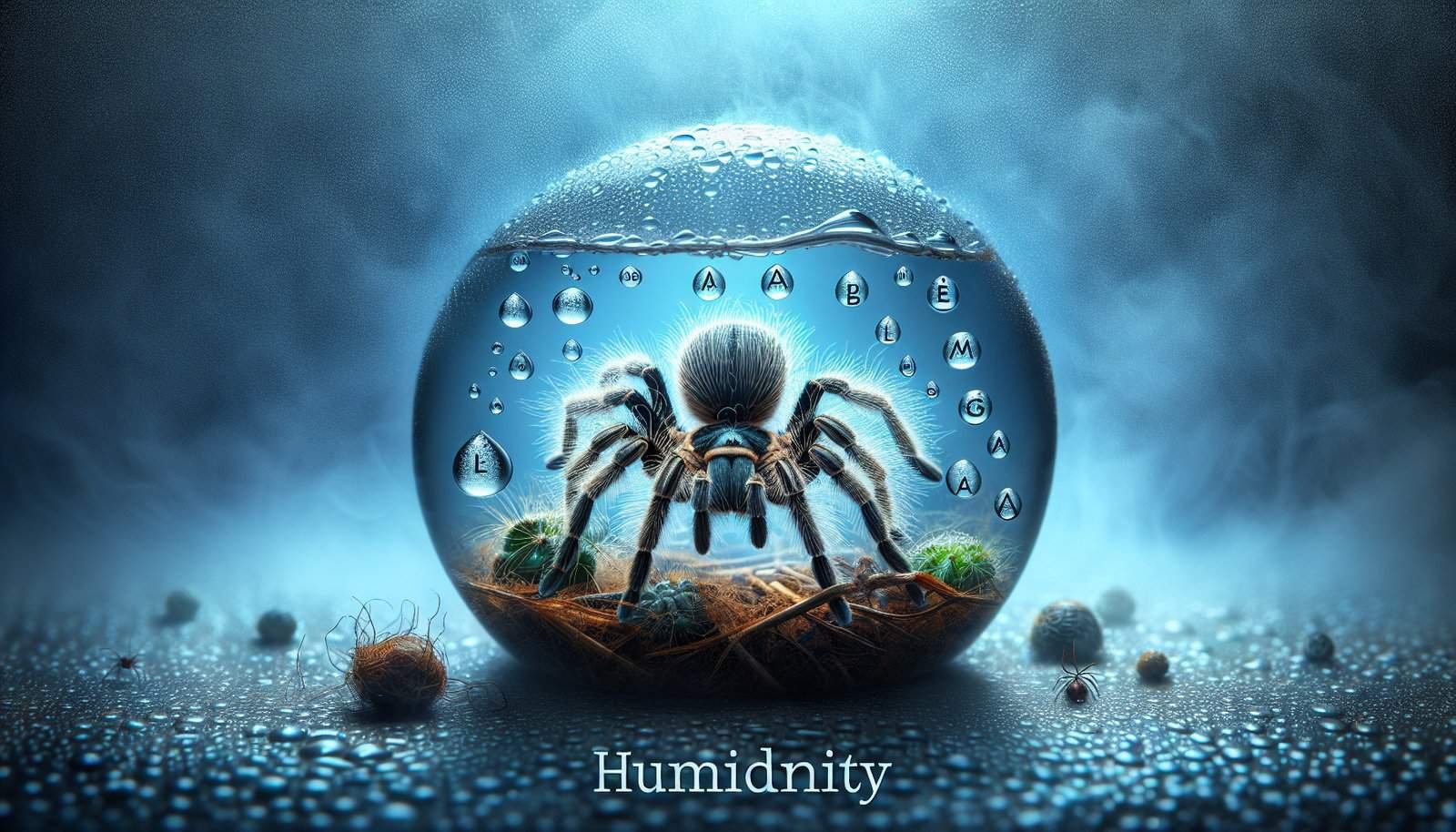Tarantulas, those creepy crawly creatures that can send shivers down your spine, are not just fascinating but also quite mysterious. And when it comes to their offspring – the tiny spiderlings – there are still many questions surrounding their development. One key factor that scientists have been intrigued by is the role humidity plays in the maturation process of these little creatures. Could the level of moisture in their environment have a significant impact on their growth and survival? In this article, we will explore the fascinating world of tarantula spiderlings and uncover the secrets behind the link between humidity and their development. So buckle up and get ready for a journey into the intriguing world of these eight-legged wonders!
Role of Humidity in Tarantula Spiderlings Development

Introduction
Tarantula spiderlings, the young offspring of tarantula spiders, undergo a vital developmental stage before reaching maturity. During this phase, environmental factors play a crucial role in their growth and overall well-being. Among these factors, humidity stands out as a key determinant of successful spiderling development. This article aims to explore the importance of humidity for tarantula spiderlings, discuss the optimal humidity levels, and delve into the effects of both low and high humidity on their development. Additionally, we will examine the connection between humidity and the molting process, highlight the varying humidity requirements of different tarantula species, and provide insights into humidity management within tarantula enclosures.
Importance of Humidity for Tarantula Spiderlings
Humidity plays a multifaceted role in the development of tarantula spiderlings. Firstly, it is essential for facilitating the process of ecdysis, or molting, in which spiderlings shed their old exoskeletons and replace them with new ones. Adequate humidity levels ensure the exoskeleton remains pliable during molting, allowing for a successful and seamless transition. Furthermore, humidity has a significant influence on the growth and development of tarantula spiderlings. It affects their metabolism, digestion, and overall physiological functions, ultimately contributing to their healthy development. Lastly, proper humidity is vital for maintaining optimal respiratory function in spiderlings. It ensures their delicate respiratory structures remain moist, allowing for efficient gas exchange.
Optimal Humidity Levels for Tarantula Spiderlings
To promote the healthy development of tarantula spiderlings, it is crucial to provide them with the ideal humidity levels. The optimal range for humidity typically falls between 70% and 80% for most tarantula species. However, it is essential to understand that tarantulas inhabit various natural habitats with diverse humidity requirements. Therefore, it is crucial to consider species-specific humidity needs and create microclimates within their enclosures to accommodate these differences. By replicating the tarantula’s natural habitat as closely as possible, with regards to humidity, spiderlings can thrive and develop successfully.
Effects of Low Humidity on Tarantula Spiderlings
Insufficient humidity levels can have detrimental effects on tarantula spiderlings. Firstly, low humidity contributes to dehydration, causing the spiderlings to lose vital moisture rapidly. This dehydration can lead to issues with their exoskeleton, rendering it dry and brittle. Moreover, low humidity hinders growth and development, as spiderlings require adequate moisture to support their physiological processes and tissue formation. Alongside growth hindrance, low humidity also compromises their immune system, making them more susceptible to infections and diseases.

Effects of High Humidity on Tarantula Spiderlings
While adequate humidity is crucial, excessively high levels can also pose risks to tarantula spiderlings. High humidity increases the likelihood of fungal and bacterial infections, which can be detrimental to their health. Additionally, respiratory problems may arise when the environment becomes excessively humid, hindering the spiderlings’ ability to breathe properly. Prolonged exposure to high humidity can also lead to stagnant growth and molting issues, with molts becoming problematic and burdensome for the spiderlings.
Humidity and Molting Process
Proper humidity levels significantly impact the molting process in tarantula spiderlings. The humidity within the enclosure plays a vital role in determining the success of molting. Insufficient humidity can result in failed molts, where the spiderling struggles to shed its old exoskeleton completely or ends up with deformed new growth. Without adequate humidity, the exoskeleton may become too dry and rigid, making molting a challenging and potentially risky process for the spiderling. Maintaining proper humidity levels during molting is crucial for the spiderling’s overall well-being and successful transition to the next developmental stage.

Humidity Requirements for Different Tarantula Species
Different tarantula species exhibit varying preferences for humidity levels, reflecting their natural habitats. Some species, predominantly those found in drier regions, thrive in lower humidity environments and are considered “dry habitat” tarantulas. On the other hand, certain species, commonly found in tropical regions, require higher humidity levels and are designated as “humidity-dependent” tarantulas. It is important to research the specific humidity requirements of the tarantula species you are caring for to ensure their optimal development. For semi-arid species, providing a humidity gradient within their enclosure can help mimic the conditions of their natural habitat. Tropical species, on the other hand, necessitate a consistently humid environment to support their growth and development.
Humidity Management in Tarantula Enclosures
Maintaining appropriate humidity levels within tarantula enclosures requires careful attention to various factors. Enclosure design and ventilation play a crucial role in regulating humidity. Ensuring proper air circulation allows for the management of moisture levels, preventing excessive humidity accumulation. Substrate moisture control is also essential, as damp substrate can contribute to increased humidity within the enclosure. Providing water sources, such as small dishes or water droplets on the enclosure walls, allows spiderlings to hydrate themselves as needed. Misting and spraying techniques can also be employed to adjust humidity levels temporarily when necessary.

Tools for Measuring Humidity
Accurately monitoring humidity levels in tarantula enclosures is crucial for maintaining optimal conditions. Several tools are available to assist in this process, such as digital hygrometers and humidity gauges. These devices can provide real-time readings, allowing tarantula owners to make necessary adjustments to maintain the ideal humidity range. It is advisable to place the monitoring devices in different areas within the enclosure to ensure accurate representation of overall humidity conditions.
Conclusion
Proper humidity is a fundamental aspect of tarantula spiderling development. By comprehending the significance of humidity and its effects on spiderlings, tarantula owners can ensure their pet’s well-being and optimal growth. Understanding the ideal humidity range, the varying humidity requirements of different tarantula species, and implementing effective humidity management strategies within enclosures are crucial steps for providing the best conditions for spiderling development. With diligent humidity monitoring and maintenance, tarantula spiderlings can thrive and reach their full potential.

